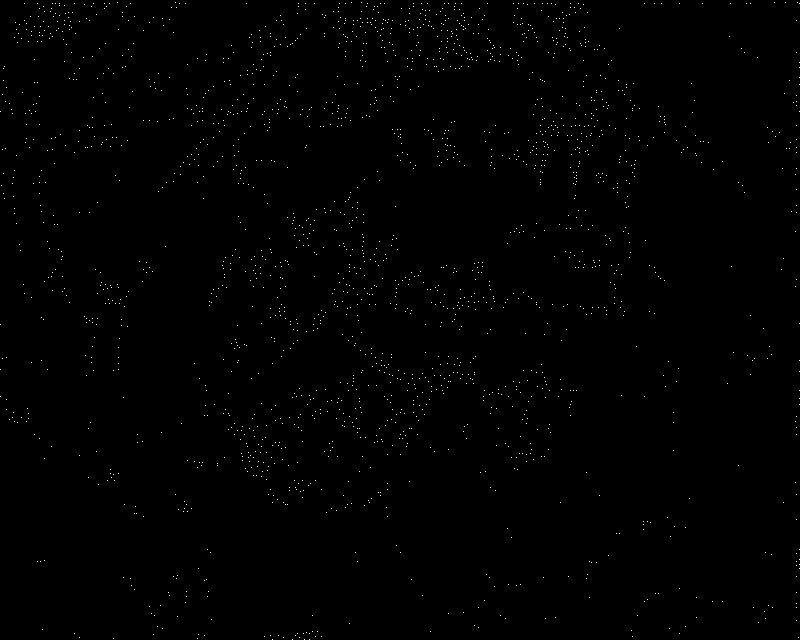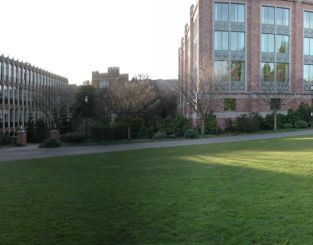Panorama Artifact
CSE 455 - Project 2
Paul Draghicescu & Andrew Morgan
February 9, 2012
Feature Detection
For the feature detection, the program detects features using the Harris operator, then matches features
between two images to determine the total offset between the images. The program matches features by using
ratio test between the best feature match and second best match.
ROC curves top
Yosemite test curves

Figure 1: Yosemite ROC curves
Graf test curves

Figure 2: Graf ROC curves
Harris Images top
Yosemite

Figure 3: Harris image for Yosemite test image

Figure 4: Harris max image for Yosemite test image
Graf

Figure 5: Harris image for Graf test image

Figure 6: Harris max image for Graf test image
Panorama Mosaic Stitching top
Test Panorama Stitch

Kaiden Panorama Stitch
Because of the differences in exposures in the kaiden shots, it was hard for our algorithm to correctly match features
and align the images. It was also hard for the program to align images where the sun was setting over the water
since there weren't many distinguishing features in these images.
 Here is a panorama created by the program without any help. The program wasn't able to determine the alignment of
Here is a panorama created by the program without any help. The program wasn't able to determine the alignment of
about 5 of the pictures where the water is, and there are some ghosting effects.
For the final panorama image we used photoshop to help stitch some of the pictures together.

viewer
Handheld Stitch

viewer
Notes on Process
Things that worked well:
- Images with very similar lighting were very easy to match. Image pairs with slightly different lighting but abundant features (such as the test set) were also workable, and the blending process improved the quality of the final product for these.
- Image pairs with an abundance of common features also worked very well (mostly outdoor images; see below).
- As for optimal thresholds and numbers, we favored (for the handheld set) a feature matching threshold of 0.9, 500 RANSAC iterations for the pair alignment, and a blend width of 400. 1 also seemed to be a decent outlier threshold for the pair alignment algorithm.
Things that did not work well:
- Attempting to align pairs of images with dramatically different light levels or with few common features tended to result in a dramatic misalignment.
- Most alignment pairs, even when the alignment was largely successful, turned out to be slightly off, due in part to difficulties finding the handheld camera's distortion coefficients and in part due to slight lateral rotation that is inevitable when taking handheld photos (in general, the camera angles just weren't as accurate as the angles when the panorama kit was used).
- Indoor photos were terrible! There simply aren't as many features present as in outdoor photos; this, combined with the problems above and the extremely wide variation in lighting indoors, made indoor photos almost impossible to match. (We tried indoor photos for our first set of handheld images; the idea had to be quickly scrapped.)








 Here is a panorama created by the program without any help. The program wasn't able to determine the alignment of
Here is a panorama created by the program without any help. The program wasn't able to determine the alignment of 
